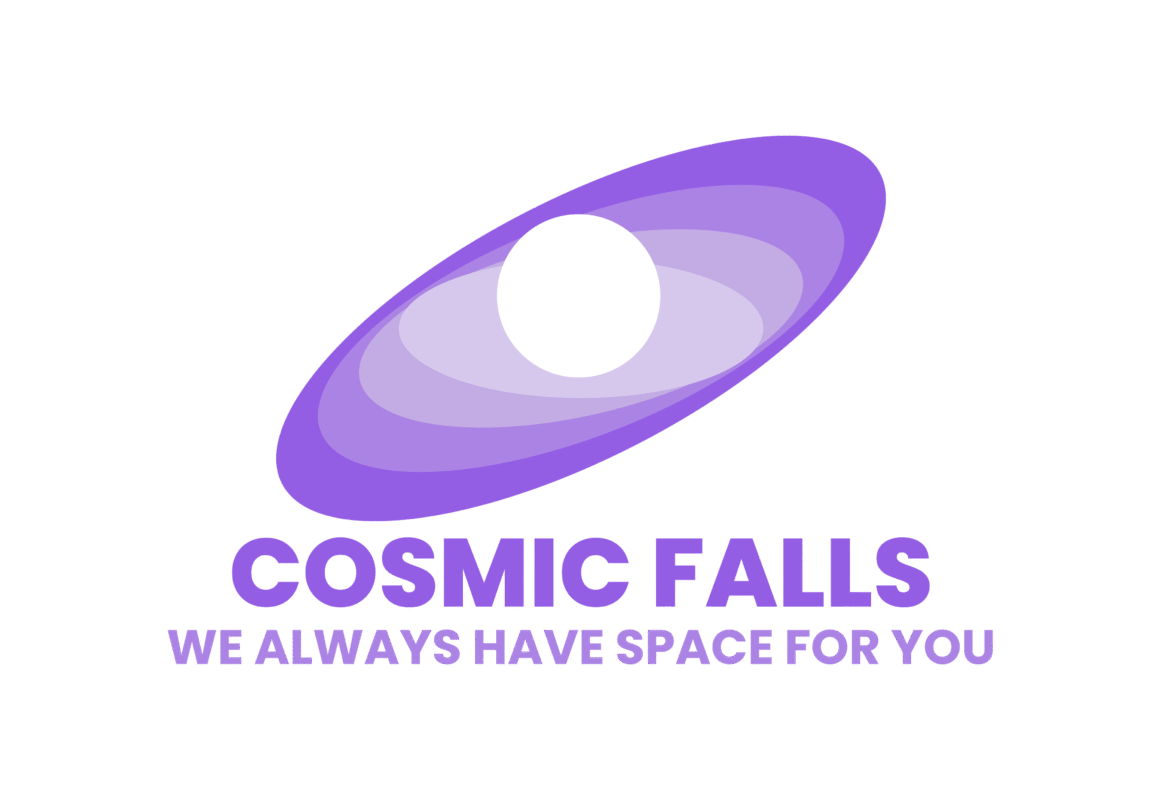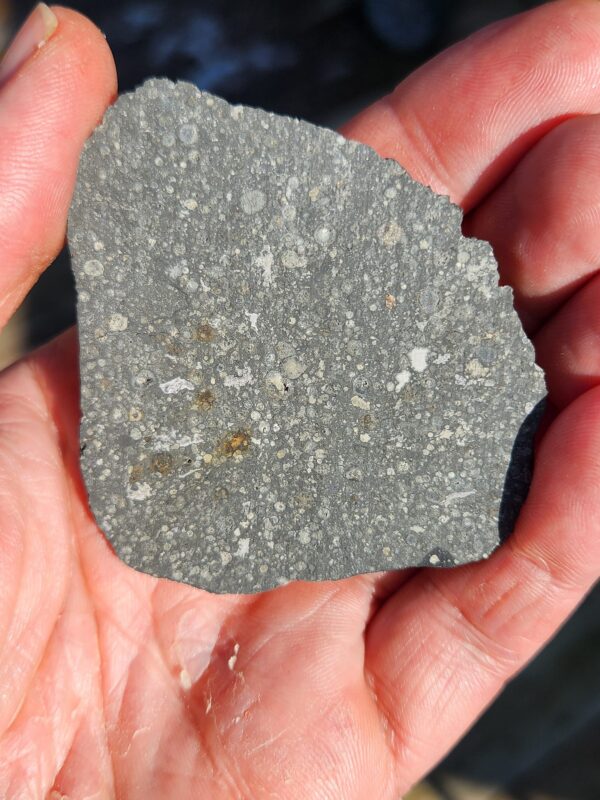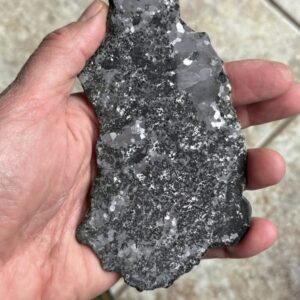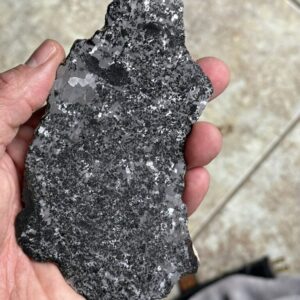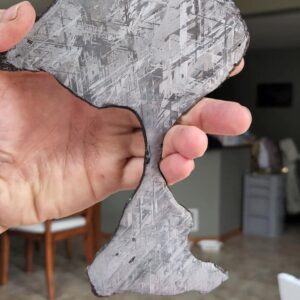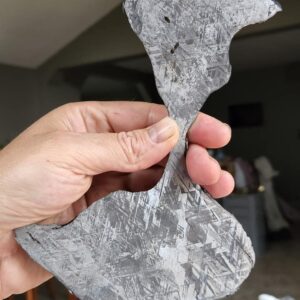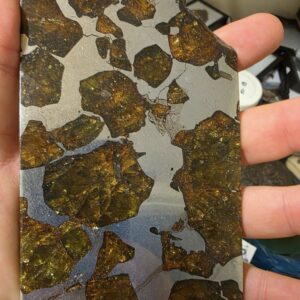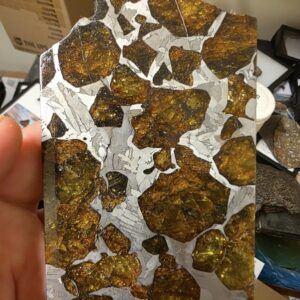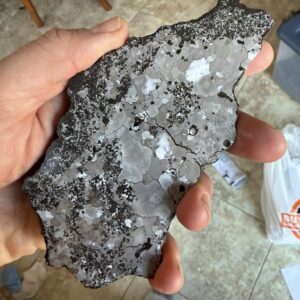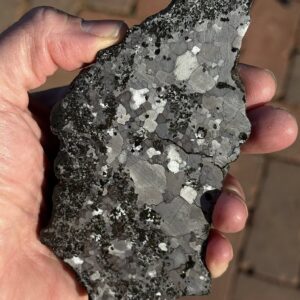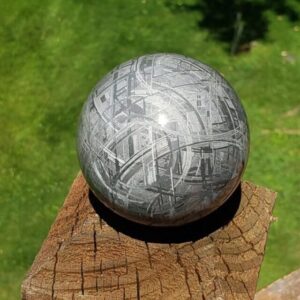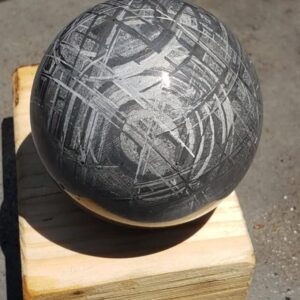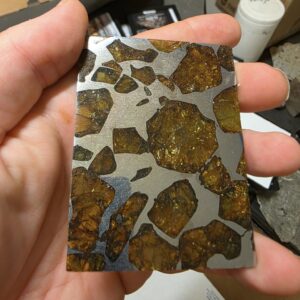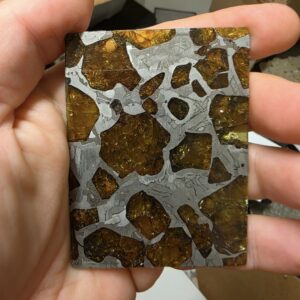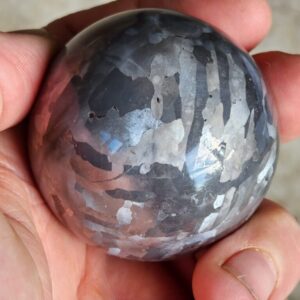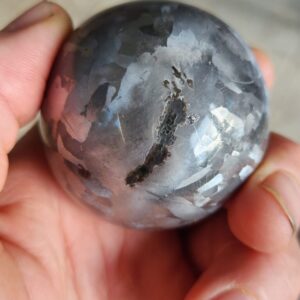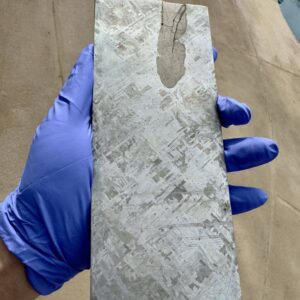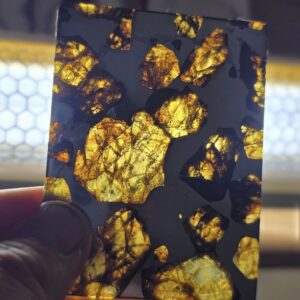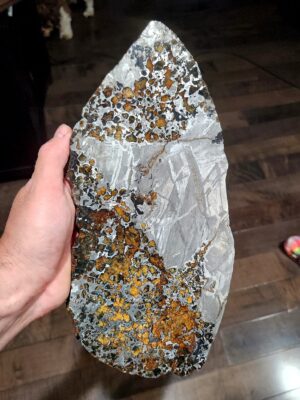COSMIC FALLS
Cosmic Falls is one of the world’s largest and most trusted sellers of space rocks on Earth! Whether you’re looking for ordinary chondrites, lunar rocks, Martian stones, or nature’s most beautiful creation, octahedral irons, we’ve got pieces for every budget. CF also offers comprehensive service from sales and cutting, to repair, restoration and preservation, we do it all. We are your one-stop, spacerock shop!
At Cosmic Fossils USA we always have SPACE available!
Stony-iron meteorites
Stony-iron meteorites are among the rarest and most visually striking types of meteorites, composed of roughly equal parts metallic iron-nickel and silicate minerals, primarily olivine crystals. These meteorites are thought to originate from the boundary layer between the metal core and silicate mantle of differentiated asteroids, offering a unique glimpse into planetary formation. The crystals—often transparent to translucent and amber to green in color—are especially prominent in pallasites, the most well-known type of stony-iron meteorite. When cut and polished, the embedded olivine (peridot) crystals appear suspended in a metallic matrix, creating a mesmerizing, gem-like effect. Some of the most sought-after stony-iron meteorites include the Esquel (Argentina), Imilac (Chile), Seymchan (Russia), and Fukang (China) specimens, prized by collectors for their beauty, rarity, and scientific significance.
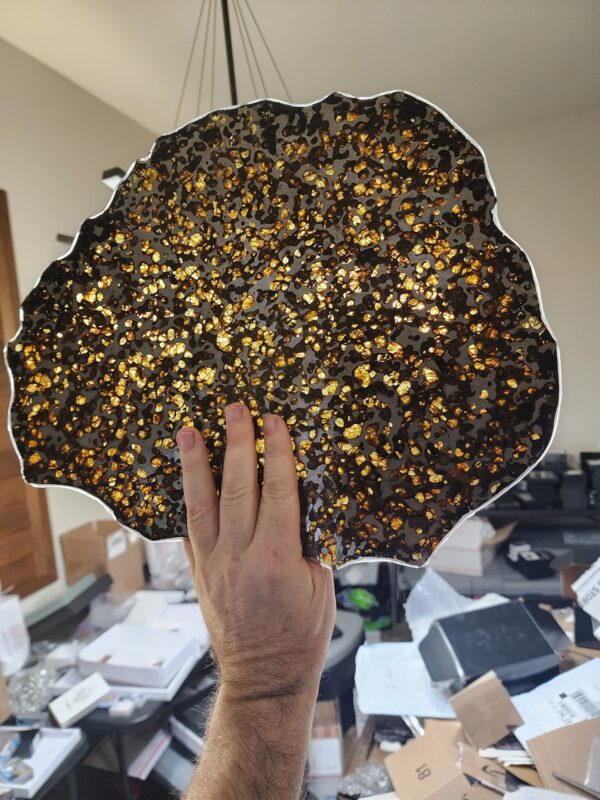
IRON METEORITES
Iron meteorites are metallic remnants of ancient planetary cores, primarily composed of iron and nickel, and are renowned for displaying the Widmanstätten pattern—a distinctive intergrowth of kamacite and taenite crystals formed through ultra-slow cooling over millions of years. This intricate, geometric structure becomes visible when the meteorite is sliced, polished, and acid-etched, revealing a natural lattice that is both scientifically valuable and visually striking. Among the most sought-after iron meteorites by collectors and researchers are specimens from the Gibeon (Namibia), Muonionalusta (Sweden), Sikhote-Alin (Russia), Canyon Diablo (USA), and Campo del Cielo (Argentina) falls. These meteorites not only showcase exceptional Widmanstätten patterns but also hold historical and geological significance, representing fragments of early planetary formation in our solar system.
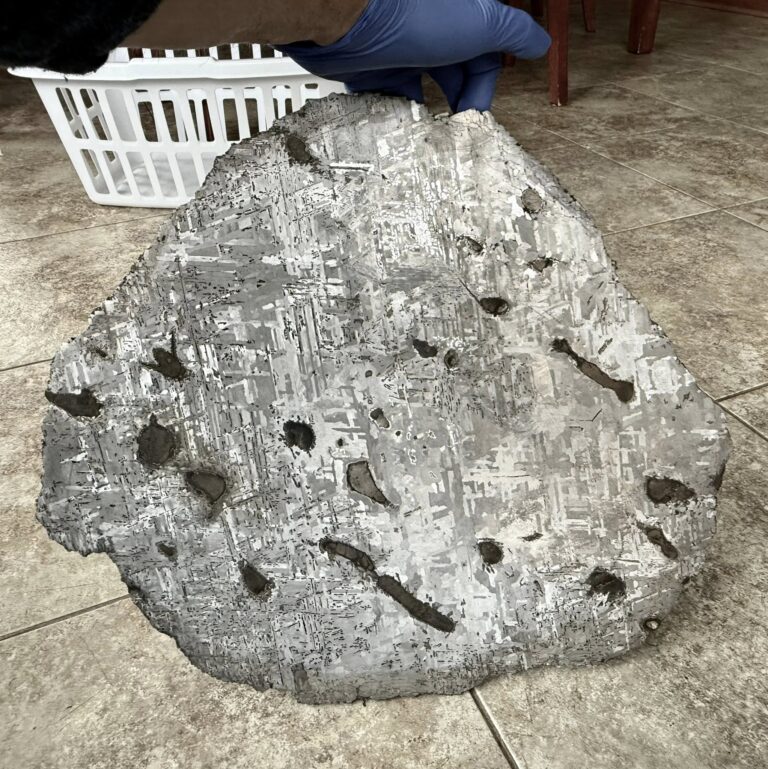
CHONDRITES
Chondrites are a type of stony meteorite that represent some of the most ancient and unaltered material in the solar system, originating from the early protoplanetary disk over 4.5 billion years ago. They are named for the chondrules they contain—tiny, spherical silicate grains that formed as molten droplets in space before being accreted into larger parent bodies. Chondrites have never melted, making them invaluable to scientists studying the origins of the planets and solar system chemistry. These meteorites are categorized into different groups, such as carbonaceous, ordinary, and enstatite chondrites, each with unique compositions and features. Some of the most sought-after chondrites by collectors and researchers include Allende (Mexico), famous for its carbonaceous content; Murchison (Australia), known for containing organic compounds and amino acids; NWA 869 (Northwest Africa), a widely studied ordinary chondrite; and Tagish Lake (Canada), an extremely rare and fragile carbonaceous chondrite with a unique composition linked to early solar system ice.
Best Selling Products
Browse our categories
Free Shipping on all orders
Get Free Shipping on all orders over $1000 and free returns to our returns center! For exportation, Items dispatched will arrive in 5-7 business days.
Amazing customer service
Fast response and friendly customer support. Please we are here to answer all your questions.
No Customs or Duty Fees!
We pay these fees so you don’t have to! The total billed at checkout is the final amount you pay, inclusive of VAT, with no additional charges at the time of delivery!
